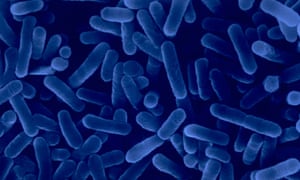Using similar procedures to identify the presence of L. pneumophila I would be interested in seeing whether the bacteria has higher populations during the warmer months than the cooler months. What I am proposing to study is the concentration of DNA of the bacteria and compare this to the data that already exists. The bacteria tends to like warm environments and is especially present in hot water systems. Since Phoenix can get so hot I feel that they may present themselves in higher numbers by also accumulating in 'cold' water systems when temperatures reach the highs we all know and love.
However there are some obstacles that must be overcome in order for this experiment to be successful. The biggest obstacle I foresee is being able to collect enough samples while it is still relatively cool. The warm weather we felt was caused by a heat wave and hopefully I will be able to collect relevant samples when it cools down. If it cools down.

